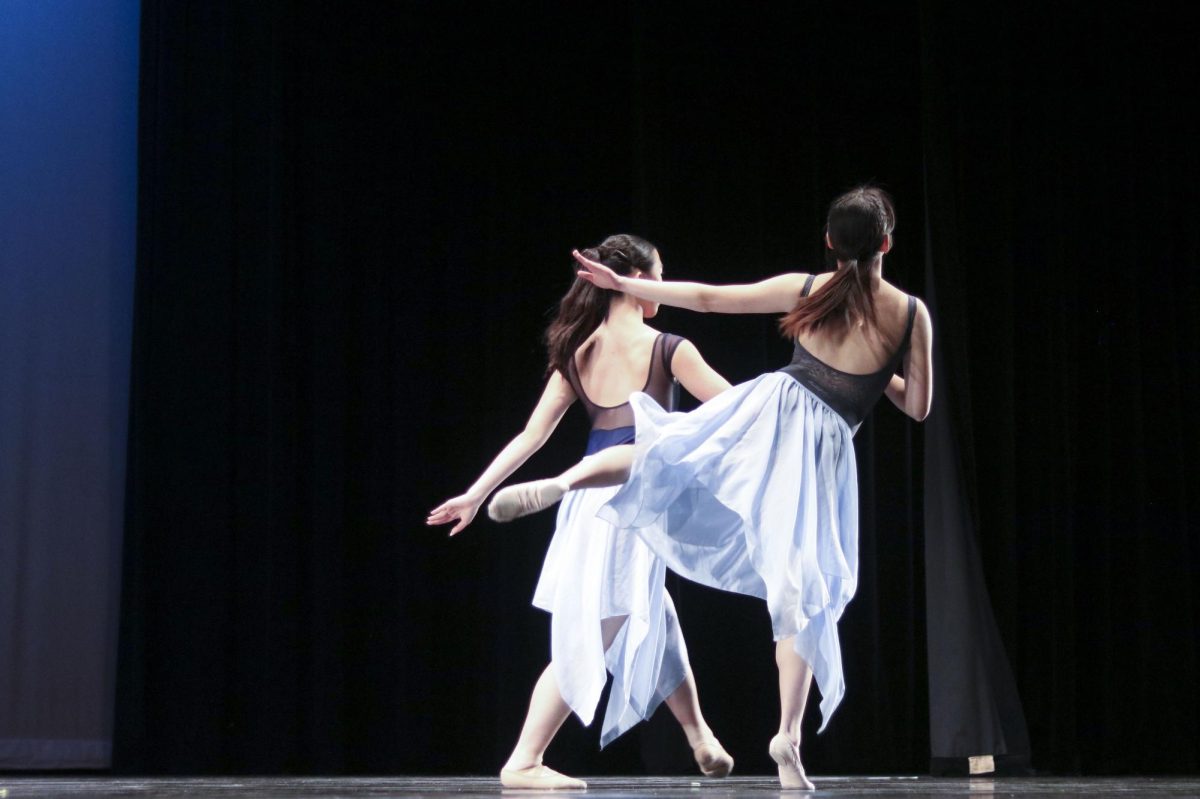Going to a planetarium, an aquarium and a natural history museum may seem do-able now that gas prices are down. But instead of separate trips (no matter how low gas prices are), all it takes to see all three is a single visit to the California Academy of Sciences.
The basement of the academy makes up the Steinhart Aquarium. The aquarium holds 38,000 animals including stingrays, jellyfish, octopi, alligators (one of which is albino) and no shortage of fish. In addition, the aquarium also features several exhibits showing different types of ecosystems including a swamp, the Northern California coast and the Philippine coral reefs and the organisms that live in them.
If visitors get seasick, they can go up to the world’s largest all digital planetarium. Every hour, visitors are given a chance to explore the universe with the help of a 75-foot screen and an informative guide.
Also inside the Academy is a four-story bio-dome that makes up a living rainforest, complete with butterflies and chirping birds circling overhead and frogs hidden within the branches of trees.
Warning: This is not the exhibit for anyone with Lepidopterophobia (fear of butterflies), for insects may land on visitors in the bio-dome.
Bats, chameleons and insects can also be found in the dome; but luckily they are safely locked away. The exhibit takes visitors to the rainforests of Borneo, Madagascar and Costa Rica before leading them to the depths of the sunken Amazon rainforest where giant fish can be seen swimming overhead.
Next is the African hall, where different dioramas of giraffes, zebras, monkeys and much more can be found. Thrown in amongst the land creatures is a flock of live penguins native to South Africa.
All of this is located under a 197,000 square foot “living roof,” made up of over 1.7 million native plants. Not only does this help add to the ‘green theme’ of the museum, but it also keeps the museum an average of 10 degrees cooler than a normal roof would. The building is not only powered by solar panels, but it is 90 percent energy efficient, making visitors feel a little less guilty after calculating their carbon footprint.
Because of all the academy has to offer, it’s easy to see how crowded the museum can get. So unless you enjoy observing snakes pushed up against complete strangers, it’s best to go on a weekday, when it’s prone to be less crowded. Otherwise it can seem as if there are more people than fish.
California Academy of Sciences a Global Attraction
February 5, 2009
Story continues below advertisement
0
More to Discover







